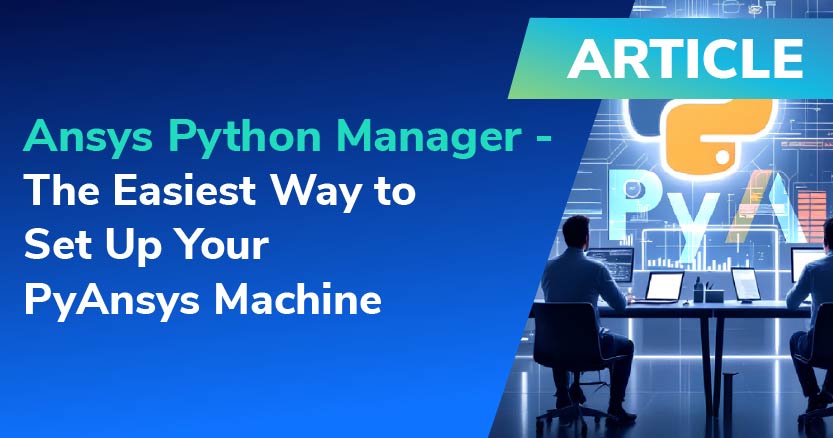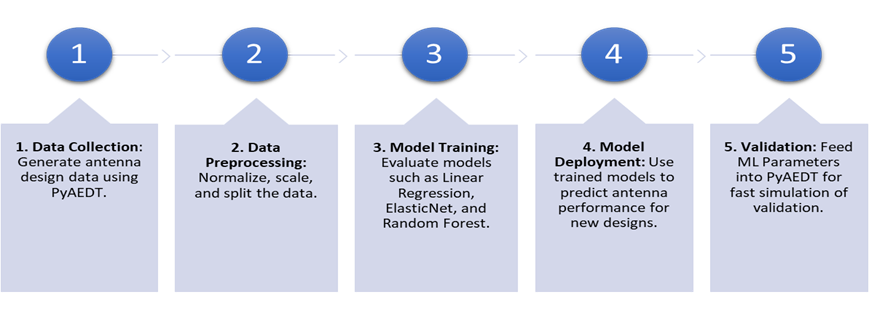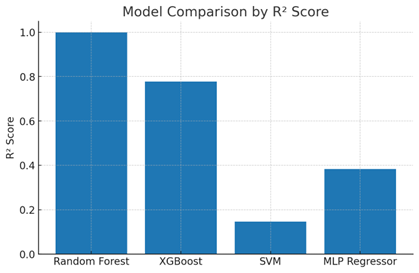Antenna engineering has traditionally relied on meticulous manual design, repeated electromagnetic (EM) simulations, and deep domain expertise to optimize critical performance metrics such as gain, bandwidth, and return loss. While effective, this process is often slow and resource-intensive.
With the integration of machine learning (ML) and advanced automation through Ansys PyAEDT—now featuring direct access to the HFSS Antenna Toolkit—engineers can dramatically accelerate and enhance the antenna design process, combining computational efficiency with data-driven intelligence.
Conventional antenna design cycles often present bottlenecks:
What if this process could be automated—enabling the rapid generation of thousands of antenna variants, streamlined analysis, and predictive modeling of performance? By integrating PyAEDT automation with machine learning, this vision becomes achievable.
PyAEDT is the Python interface for Ansys Electronics Desktop (AEDT), enabling fully scriptable workflows for electromagnetic design. When paired with the HFSS Antenna Toolkit, it allows engineers to rapidly generate, simulate, and analyze antenna designs—transforming what was once a sequential, manual process into a scalable, data-driven pipeline.
The modern design workflow within PyAEDT can be structured into six key stages:
Modern antenna design need not remain constrained by slow, sequential workflows. By leveraging the HFSS within PyAEDT and incorporating machine learning, engineers can transition to a design paradigm that is automated, intelligent, and reproducible. This shift accelerates innovation, supports rapid prototyping, and enables data-driven optimization far beyond what traditional methods allow.
https://doi.org/10.1109/GlobalAISummit62156.2024.10947965




